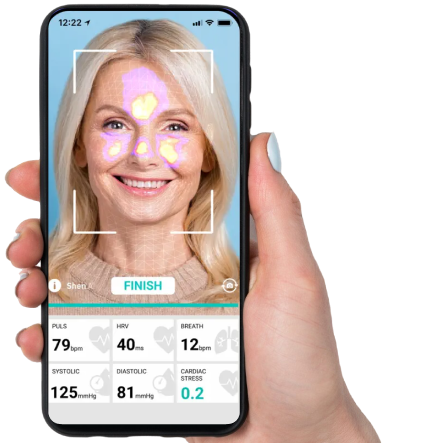Standing at work doesn’t lower blood pressure. Sit-stand desks don’t help either. Switching between sitting and standing has no effect on blood pressure levels, according to a study by the West Virginia University. In fact, too much standing could even harm heart health.
The researchers tested the popular belief that people with high blood pressure could benefit from using sit-stand desks to reduce sitting time.
“We saw people reducing their sitting by over an hour each day, which is great. Too much sitting is definitely bad for us, and we need to be moving more,” said Dr. Bethany Barone Gibbs, chair and professor in the Department of Epidemiology and Biostatistics at WVU School of Public Health. “But there was no change in blood pressure – not with resting blood pressure, ambulatory blood pressure, or pulse wave velocity. That’s important because a lot of people think a sit-stand desk might help their blood pressure.”
Exercise Helps, Not Just Standing
Increasing physical activity is a proven way to help lower blood pressure. “We know that moderate to vigorous activity – like brisk walking or biking – definitely decreases blood pressure,” said Dr. Barone Gibbs. “But even if you exercise for 20 to 30 minutes a day, you still have 16 hours left, where many people spend a lot of time sitting.”
Previous studies led by Dr. Barone Gibbs found that people who sat for long periods had worse cardiovascular health. “Some of those studies showed that sitting for hours caused blood to pool in the legs, which makes blood pressure go up to help circulation,” she explained.
In this new trial, participants were told to stand 15 to 30 minutes each hour and take a short walk. Some, however, stood much longer. Those who spent more time standing showed signs of aortic stiffness, which makes the heart work harder. This stiffness is an early sign of cardiovascular disease.
The Problem with Static Standing
Dr. Barone Gibbs explained the importance of the body’s “muscle pump” mechanism. Muscles in the legs help move blood from the legs to the heart. “The veins in our legs have a one-way valve that stops blood from flowing back down,” she said. “When you walk or move, the muscle contractions help push the blood up. But if you’re standing still at a desk, blood pools in your legs, which can be worse than sitting.”
In the study, Dr. Barone Gibbs and her team recruited 271 desk workers with high blood pressure. Each participant received a sit-stand desk and a wearable activity tracker that buzzed if they hadn’t taken at least 250 steps an hour. Participants wore activity monitors and kept diaries so researchers could track their behavior both at work and at home. They measured blood pressure and arterial stiffness as part of the assessment.
Active Standing Has Benefits Outside of Work
Interestingly, the study found that standing outside of work hours did have a positive effect on blood pressure. Dr. Barone Gibbs noted that the way people stand at home or during leisure time is different from how they stand at work.
“People move around when they’re standing at home or at an event, like watching a child’s soccer game,” she said. “They’re not just standing still; they’re shifting weight, moving around, and promoting blood flow.”
In contrast, standing at a sit-stand desk or for a job, like a cashier, often means standing still for long periods. Dr. Barone Gibbs believes that months of this type of “static standing” could stiffen the arteries over time.
Standing Has Other Benefits for Blood Pressure
Although sit-stand desks don’t lower blood pressure, they still offer some advantages. Research shows they can relieve chronic low back pain and may help with blood sugar control. However, Dr. Barone Gibbs advises people to avoid static standing and keep their muscles moving.
Her next study will focus on ways to improve standing at desks. “We want to see if small movements, like heel raises, using a balance board, or marching in place, can make standing more beneficial,” she said. “We think it will, but we need to test it.”
This research underscores that movement, not just standing, is essential for heart health.






